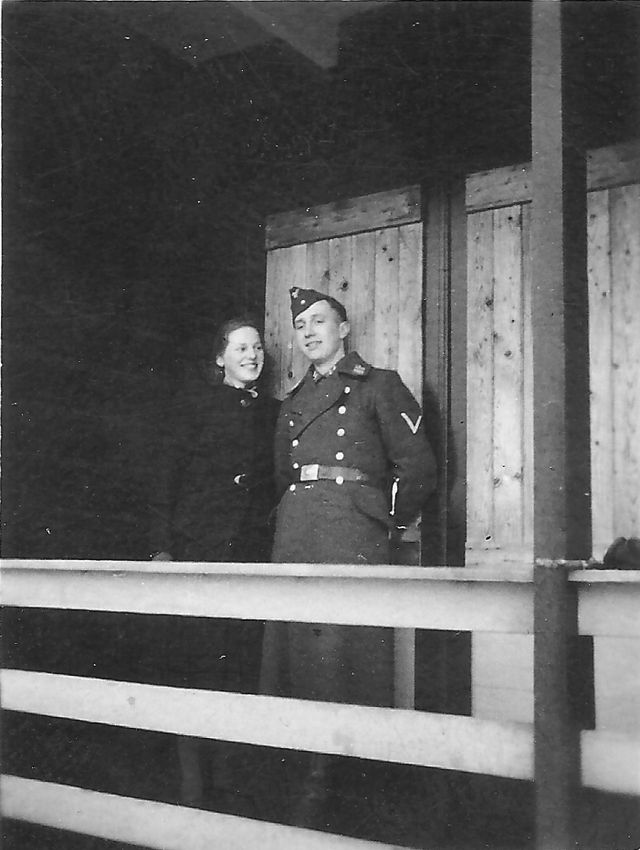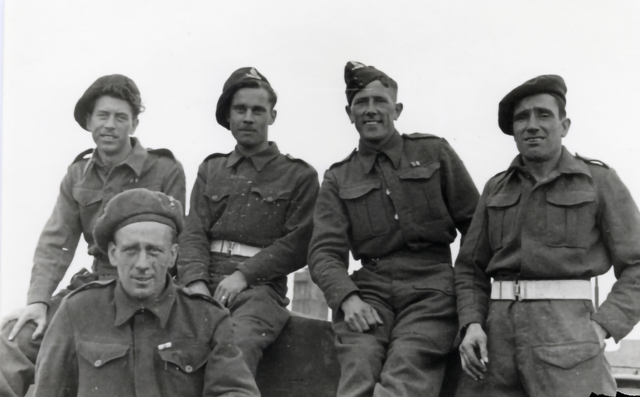There were actually people involved in the resistance on islands like Texel and Terschelling. These were small groups of resistance fighters. It was very tough for them since everything had to be done right under the Germans’ noses. And there were also German sympathizers on the island; sometimes they were neighbours or even family members. It was virtually impossible to carry out public acts of resistance. There was no room for this as people literally had no place to go. The resistance did however make preparations to take power when the time came.
The mainland
Things were different on the mainland. The coastal area there had also been a restricted zone since 1941 but there was much more freedom of movement. The residents of Den Helder, Harlingen and Delfzijl could still travel to Amsterdam, Leeuwarden or Groningen. This also made it easier to create distance and avoid aversion or even hostility. As the war continued, the latter escalated with increased resistance and covert activities, such as spying for the allied forces and spreading stencilled newspapers. Covert activities were widespread, such as the important work of offering shelter to people in hiding or collecting information about the German defences, which was then sent to England via a network of middlemen.
Smuggling people
An important task was the forging of personal documents and other papers, such as Ausweise. Of course, not everyone was cut out to be part of the resistance. Resistance group ‘t Zwaantje (Little Swan) operated out of Delfzijl. Their leader, Dr Oosterhuis, also owned two ships which the group used to smuggle people to neutral Sweden and to maintain contact with the Dutch consul, allowing information to be smuggled in and out of the country. But these resistance groups were very vulnerable. In 1943, captain Jos Aben infiltrated the group. He worked for the German Sicherheitsdienst (SD) and betrayed the group.
Illegal newspapers
In Den Helder, most of the underground activities were limited to spreading illegal newspapers, hiding people and forging documents. But there was also a storm troop active there: storm troop Den Helder Anna Paulowna. Originating in Den Helder, German evacuation measures forced them to move their activities to Anna Paulowna, where they quickly multiplied their numbers. But this made the group more vulnerable. In addition to hiding refugees, they also carried out attacks.
Helping people in hiding
On 5 February 1945, the Hafenüberwachungsstelle arrested 12 members of the group in various places. As retaliation, 10 of them were executed near Halfweg on 17 February. Hil Dirkzwager, a former Major Navy Nurse, was one of them. In 1944, he began collecting funds for the local National Organisation to aid refugees, which were used, among others, to help victims serving in the navy. He also supplied information about any military activities in and around Den Helder to doctor E. Loesberg, on behalf of the Ordedienst. In the autumn of 1944, he joined the storm troop Den Helder Anna Paulowna. In addition to armed units, these troops also had a materials and medical care unit.


